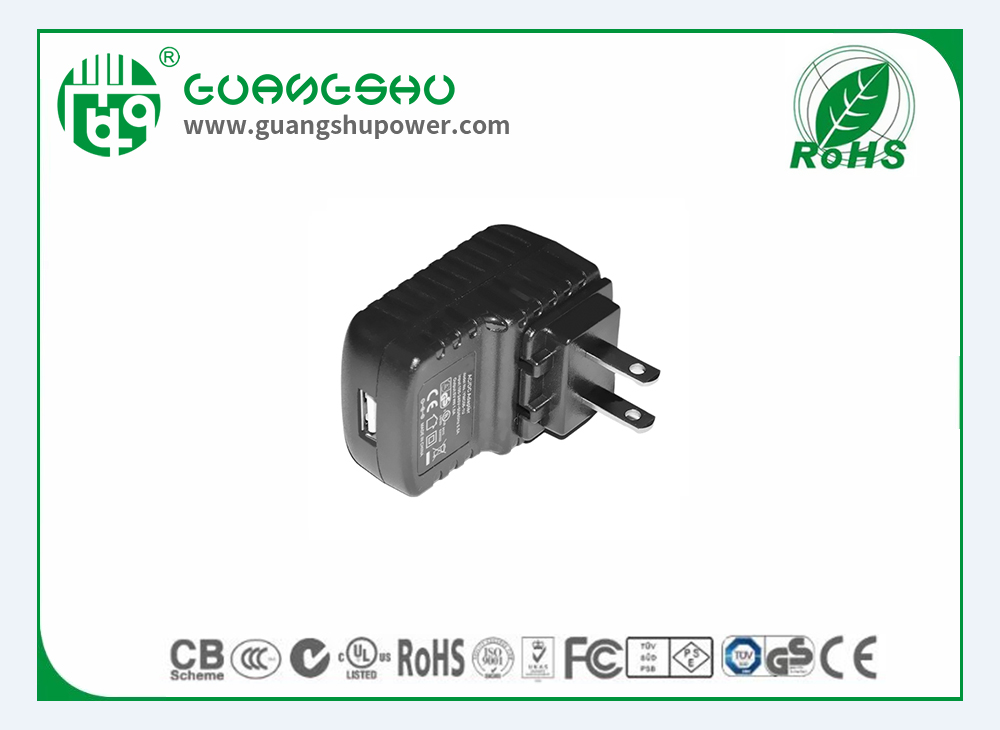Time:2025-06-16 Views:0

The multi-port output function has become a pivotal feature of modern power chargers, catering to the growing demand for charging multiple devices simultaneously. This functionality is enabled by advanced power management integrated circuits (PMICs) that intelligently distribute power among different ports. Typically, chargers are equipped with a combination of USB-A, USB-C, and sometimes even proprietary ports, offering flexibility for various devices such as smartphones, tablets, laptops, smartwatches, and wireless earbuds.
One of the primary advantages of multi-port chargers is convenience. Users no longer need to carry multiple single-port chargers, reducing clutter and saving space. For example, a family on a trip can charge their smartphones, tablets, and cameras using a single multi-port charger, eliminating the need for separate chargers for each device. Moreover, many multi-port chargers support fast-charging protocols like Quick Charge, Power Delivery, and Super VOOC. These protocols ensure that each connected device receives the optimal charging speed based on its capabilities, preventing overcharging and maximizing charging efficiency.
Another key aspect is safety. Modern multi-port chargers are designed with comprehensive protection mechanisms, including over-current protection, over-voltage protection, and short-circuit protection. These safeguards ensure that each port operates independently and safely, protecting connected devices from potential electrical hazards. Additionally, some high-end chargers feature dynamic power allocation, which can adjust the power output of each port in real-time based on the charging needs of the connected devices. This intelligent power management not only enhances charging speed but also extends the lifespan of both the charger and the devices being charged.
In terms of market trends, the demand for multi-port chargers is on the rise, driven by the increasing number of smart devices in use. Manufacturers are constantly innovating to improve the multi-port output functionality, with features like GaN (Gallium Nitride) technology that enables smaller, more efficient chargers capable of delivering high power outputs across multiple ports. As the Internet of Things (IoT) ecosystem continues to expand, multi-port chargers will play an even more crucial role in providing a seamless charging experience for a wide range of connected devices.
Read recommendations:
12W side plug Australian standard Switching power supply
33W US Plug Switching power supply